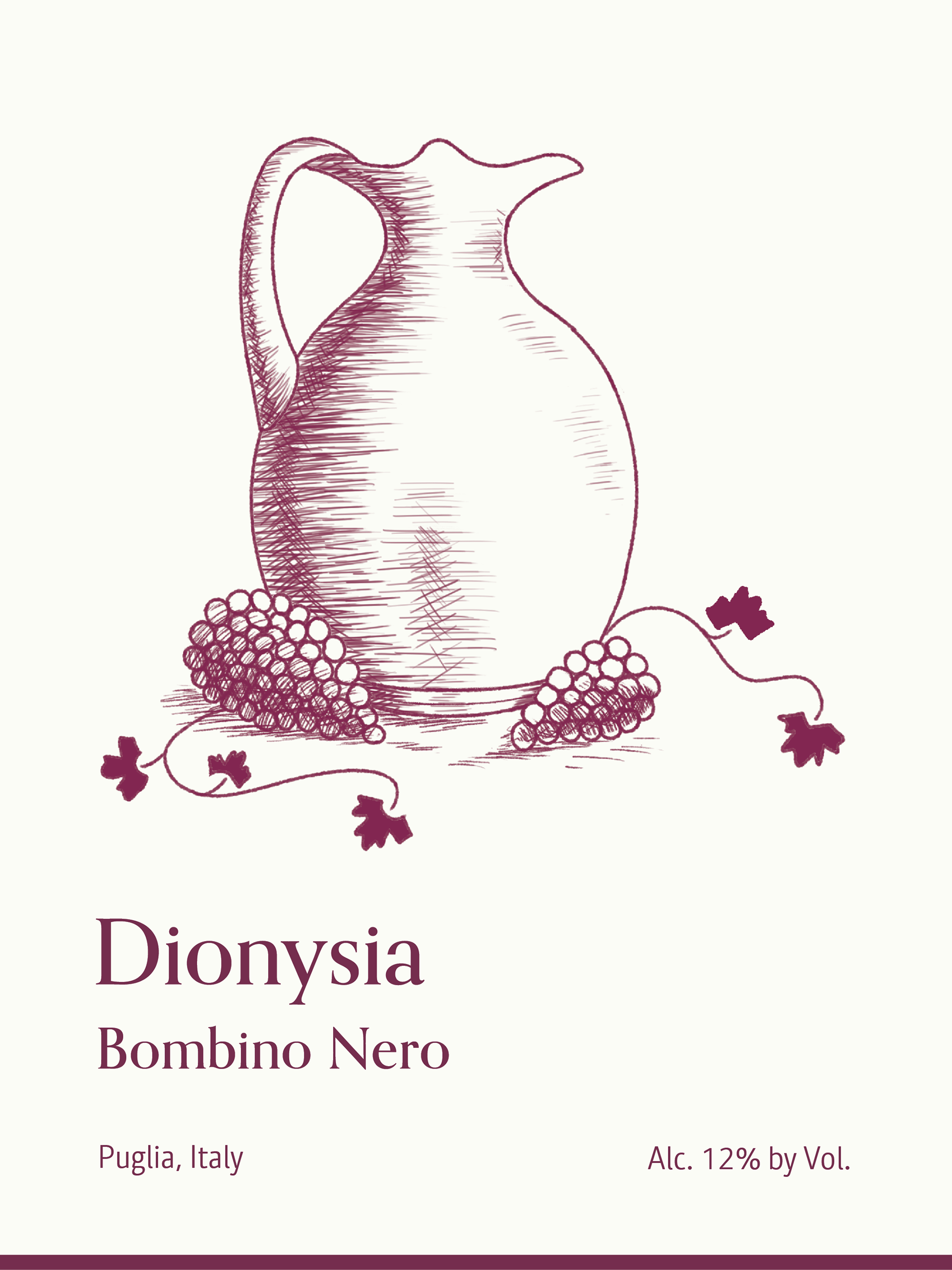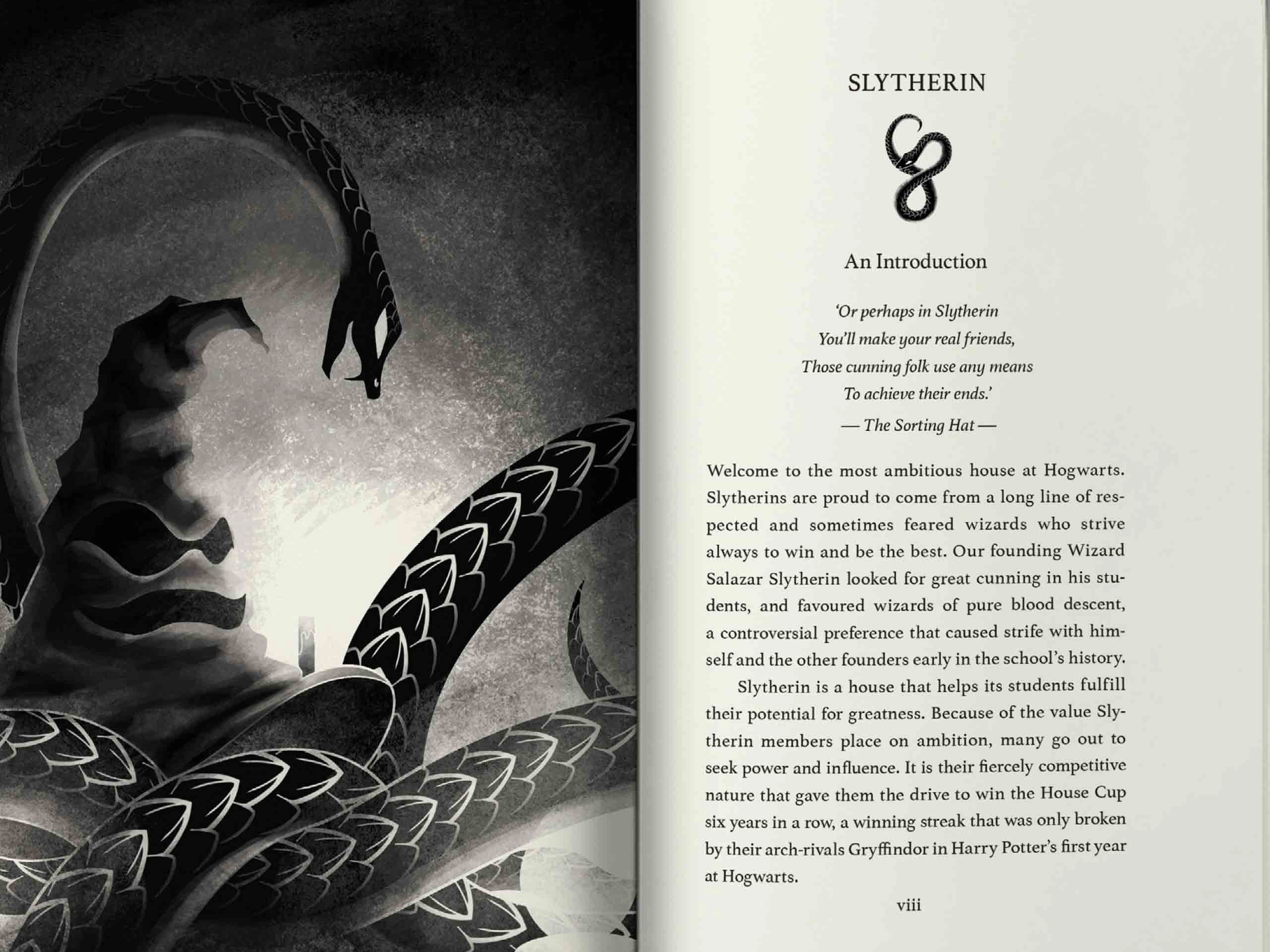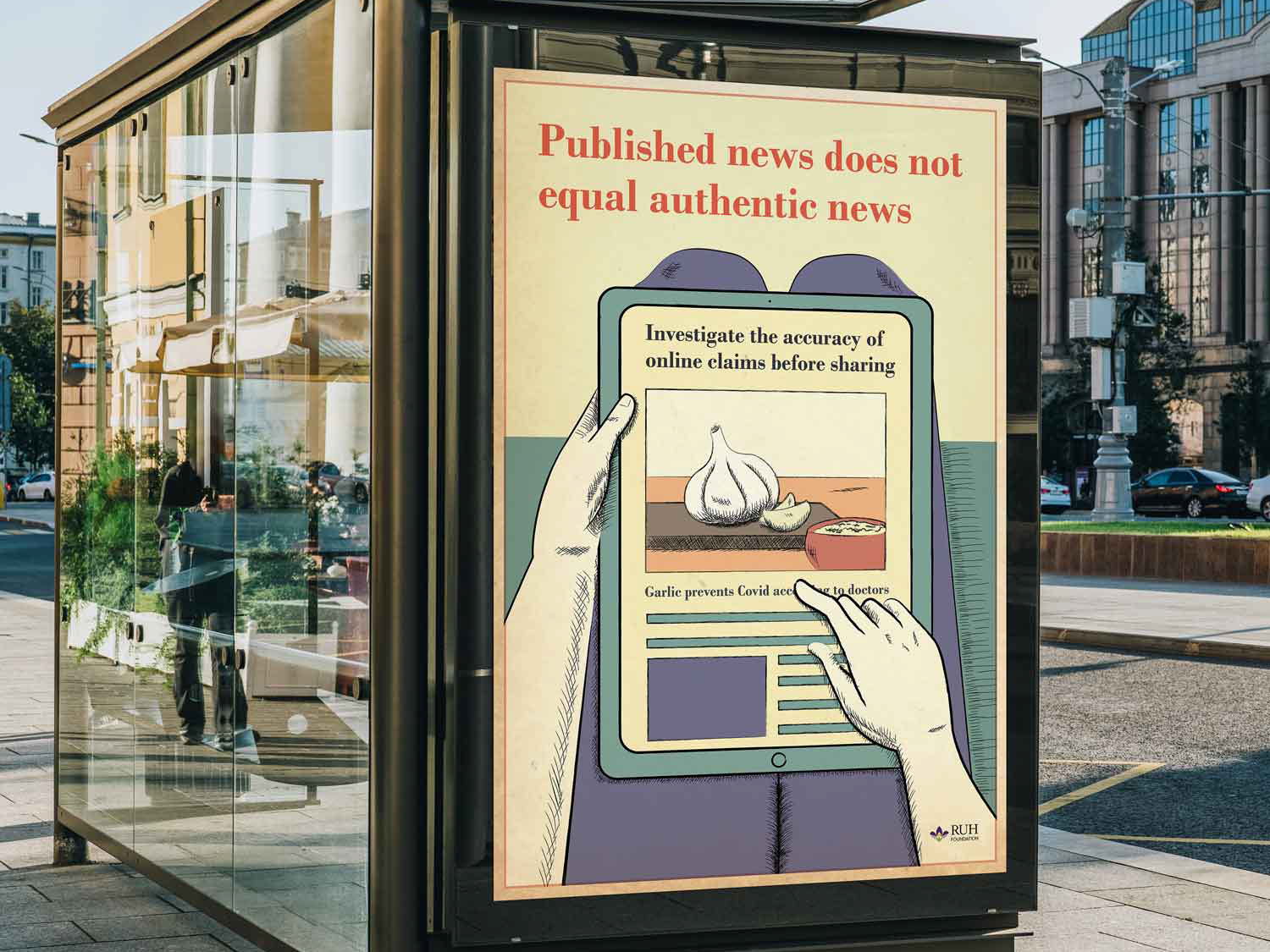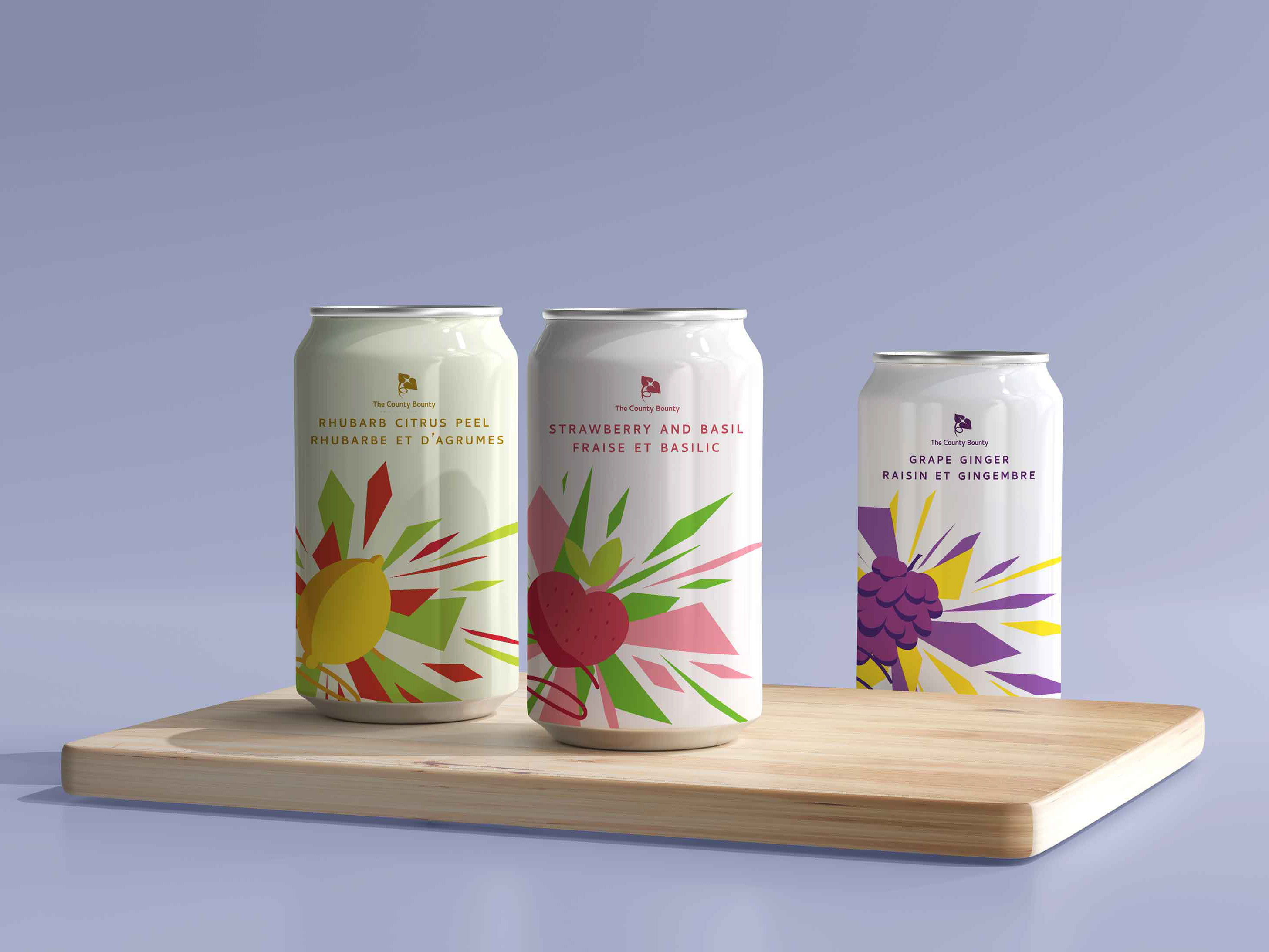Project Synopsis
Dionysia is a luxury wine company that promises to deliver high-quality products across Canada. Named after an ancient Greek festival in honour of Dionysus, the god of wine, Dionysia strives to present itself cleanly and elegantly to complement the quality of its wine. This conceptual branding project draws heavy influences from Greek antiquity, black-figure pottery, and red-figure pottery.
Packaging Design
Mockup by Anthony Boyd Graphics


Label Flats (front and back)
Marketing Collateral
Branding Collateral
Process Work
1. Moodboards
Two separate moodboards were created at the start of this project. The first moodboard was composed of wine labels that matched the theme of “elegance” and “minimalism”. I gathered labels that stood out to me during my initial search on sites like Behance, Pinterest, and Google Images. This moodboard helped me find compositions I thought were most interesting and eye-catching.
The second moodboard was primarily composed of images of various kylix, ancient Greek drinking cups. Artwork is typically found at the centre of the cup and around the outer rim. I also looked at other pottery art that depicted wine, grapes, Dionysus himself, or symposiums (social gatherings where drinking is involved). This moodboard gave me an idea of how I wanted to render the illustrations on the labels.
The second moodboard was primarily composed of images of various kylix, ancient Greek drinking cups. Artwork is typically found at the centre of the cup and around the outer rim. I also looked at other pottery art that depicted wine, grapes, Dionysus himself, or symposiums (social gatherings where drinking is involved). This moodboard gave me an idea of how I wanted to render the illustrations on the labels.
2. Thumbnail Sketches
Several thumbnail sketches of the wine labels (front and back) were created. This process allowed me to quickly play with various compositions without committing too much time to one layout. Further thumbnails were composed for the other deliverables in this project.
3. Typefaces
The typeface chosen for the logotype was Orpheus Pro Medium. After looking at images of Greek inscriptions, I thought the long, flat serifs in Orpheus Medium and the characters’ x-height most closely resembled that of old Greek inscriptions.
Calmetta Light was chosen to complement the logotype. The clean sans serif contrasts the older-looking serif type and allows customers to read smaller text easily on the bottles and box packaging.
Calmetta Light was chosen to complement the logotype. The clean sans serif contrasts the older-looking serif type and allows customers to read smaller text easily on the bottles and box packaging.
2. Illustrations
The illustrations serve to distinguish the three different wine types: red, white, and rose. This is done using two methods.
The first is by the type of wine container being depicted on the label. Rose wine, for example, is represented by taller pottery. White wine is depicted with flatter and wider drinking cups.
The second distinguishing method is through colour. Each wine type is assigned a unique colour to make it easier for customers to tell them apart from a glance.
The first is by the type of wine container being depicted on the label. Rose wine, for example, is represented by taller pottery. White wine is depicted with flatter and wider drinking cups.
The second distinguishing method is through colour. Each wine type is assigned a unique colour to make it easier for customers to tell them apart from a glance.




